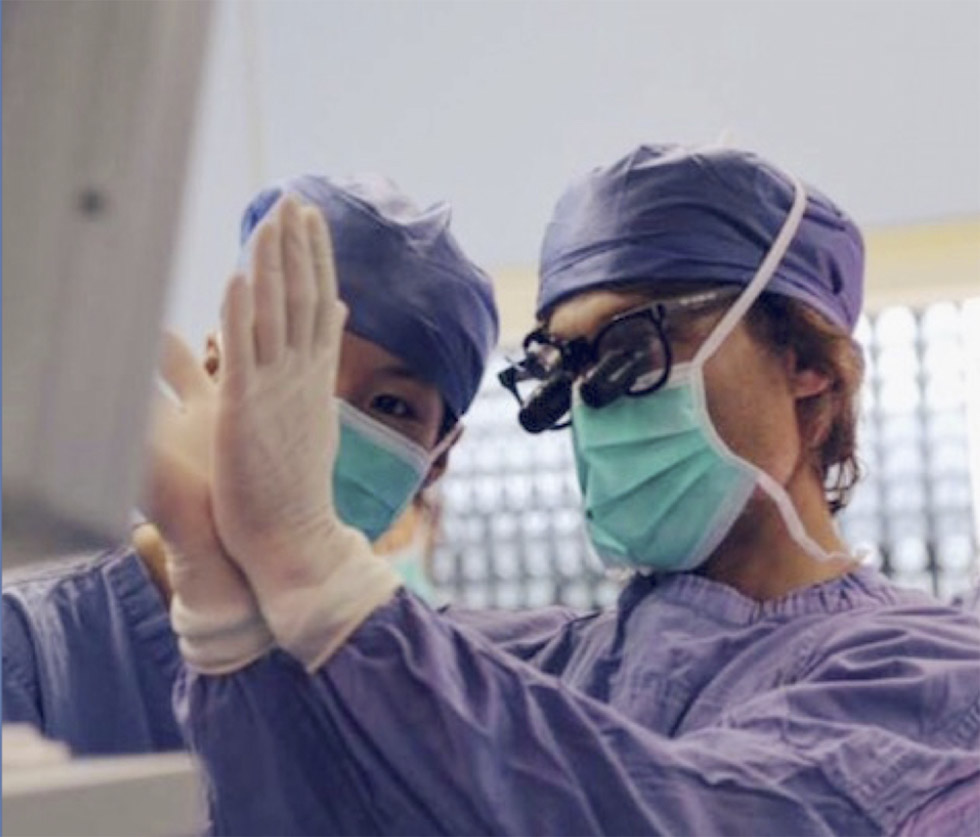The choice of what type of anesthesia to use for surgery is a critical component of the surgical experience and should be thoroughly reviewed by the patient and surgeon. The goal is to make the procedure as comfortable as possible while doing it in a way to assure the best possible outcome. This decision is easy when surgery can performed without the need for any patient cooperation. This is true of most plastic surgical procedures (but not all eyelid procedures). In this instance the surgery can be performed under general anesthesia. This is the deepest level of sedation that is used and requires assistance with supplying oxygen (which we need for nourishment) to our body and with ventilation (getting oxygen into the lungs). Under general anesthesia, oxygenation and ventilation are assured with a device placed into the back of out throat or pharynx (a laryngeal masked airway or LMA) or into the windpipe or trachea (an endotracheal tube or ET tube). When surgery is performed this way patients typically know nothing, feel nothing and often awake with no recollection of the procedure. This is why patients typically prefer general anesthesia.
The downside to general anesthesia is the recovery. It is often associated with a slow awakening, feeling groggy and sluggish for hours, and sometimes nausea, chills and a sore throat. Most of these symptoms resolve within a few hours. However, some, such as nausea, can last for a day or so. As a result of these side effects, other, less sedating (fewer drugs given) forms of anesthesia can also be used. These methods include conscious sedation and local anesthesia. I will review each technique in blogs over the next two days.


